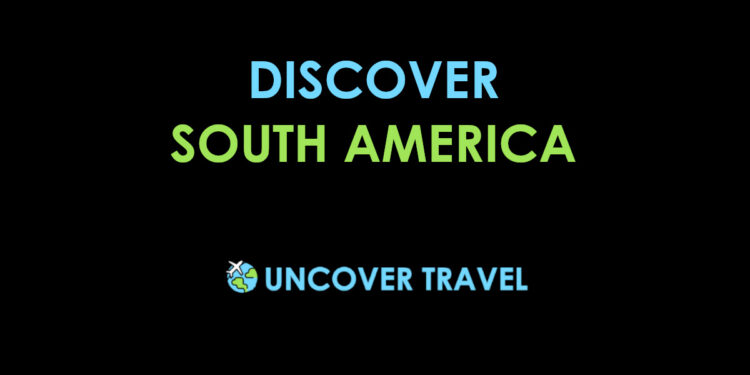Copacabana is a small town on the southern shores of Lake Titicaca in Bolivia. It is surrounded by hills lined with Incan terraces and looks across the lake towards the Island of the Sun.
It is thought that the name originates from the name ‘Kotakawana’, the Andean god of fertility. This theory was backed up by the unearthing of a number of shrines in the area dedicated to the deity. This name was used by the indigenous people of the ‘altiplano’ for many centuries before being adopted by the Spaniards for the town we know today.
In the centre of the town the basilica of Our Lady of Copacabana, a 16th century Spanish colonial shrine, stands at the foot of a steep hill sacred to the Incas. Also known as the Temple of the Sun (after the original Incan site that stood on the grounds), it is one of the two remaining places in the country that is sacred to both Catholics and the indigenous people alike. The shrine houses the image of the Virgen of Copacabana, also known as the Virgen de la Candelaria, the patron saint of Bolivia.
When the Spaniards arrived in Bolivia, the indigenous people’s religion involved the worshipping of the sun, moon and stars. The conquistadores brought with them their campaign of colonisation and conversion to Christianity.
The Incas believed that the world was created at Lake Titicaca and therefore the lake and its shores were long considered to be sacred. When the Spaniards tried to convert the local people to Christianity they found resistance and the transition was more difficult than they had expected.
In addition to the more brutal techniques used to convert the indigenous people, the Spaniards decided not to destroy ‘pre-Christian’ holy places and instead to convert them to places of Christian worship in the hopes that the people would willingly come to the places they already knew and begin to worship the Christian God. They also added symbols of the sun, the moon and stars to Catholic images, making these statues more familiar to the local people.
In the late 1500s a local fisherman, who was a devout Catholic but also a descendant from the original Incan emperors, decided to build a statue of the virgin for his hometown. The efforts of this inexperienced sculptor were initially rejected and he decided to travel to the south of Bolivia to study the art of sculpting under some of the finest artists in the country. Eventually he carried his finished statue for over 640 kilometres to Copacabana, on foot, and it was humbly enshrined in a poor adobe church.
Not long after the statue arrived in the town, a group of local fishermen were caught in a powerful storm on the lake. They prayed for their lives and later told the story of the virgin appearing to them and guiding them safely ashore. Soon more miracles were attributed to the statue and the great basilica, which was completed in 1805, was built to house the Virgin of Copacabana.
Today, it is one of the most visited pilgrimage sites in Bolivia. In the Capilla de Velas, people burn candles and use the wax to write or draw their wishes on the walls. This practice is still popular today, despite the signs on the walls asking visitors not to do so.
The basilica has also become a popular site for car blessings. The ceremony takes place every morning at 10:00 and cars line up around the plaza. The cars are adorned with flowers, petals and colourful decorations and the priest blesses each one with holy water for safe travels.
In April 2013, the basilica was broken in to and the image of the virgin was stripped of her gold and silver accessories. The sculpture of baby Jesus was also taken.
SOURCES:
- https://en.wikipedia.org/wiki/Basilica_of_Our_Lady_of_Copacabana
- https://www.ancient.eu/Inca_Religion/
- https://theculturetrip.com/south-america/bolivia/articles/why-this-world-famous-beach-stole-its-name-from-its-south-american-neighbor/
- https://photojourneys.ca/2016/02/10/original-copacabana-bolivia/
- From the Sun of the Incas to the Virgin of Copacabana, Sabine MacCormack
- https://www.anywhere.com/peru/travel-guide/religion
- https://www.dickshovel.com/500.html
- From Viracocha to the Virgin of Copacabana: Representation of the Sacred at …, Verónica Salles-Reese
- https://www.marypages.com/copacabana,-lady-(bolivia)-en.html
- https://sacredsites.com/americas/bolivia/basilica_of_the_virgen_de_la_candelaria_copacabana.html



